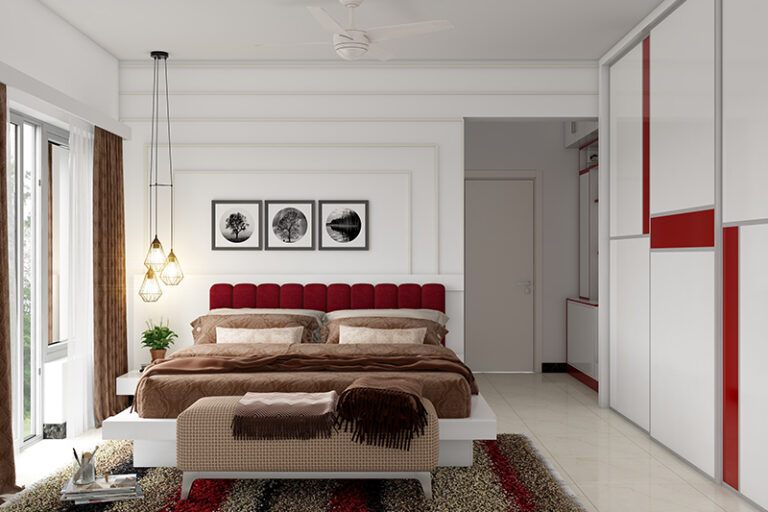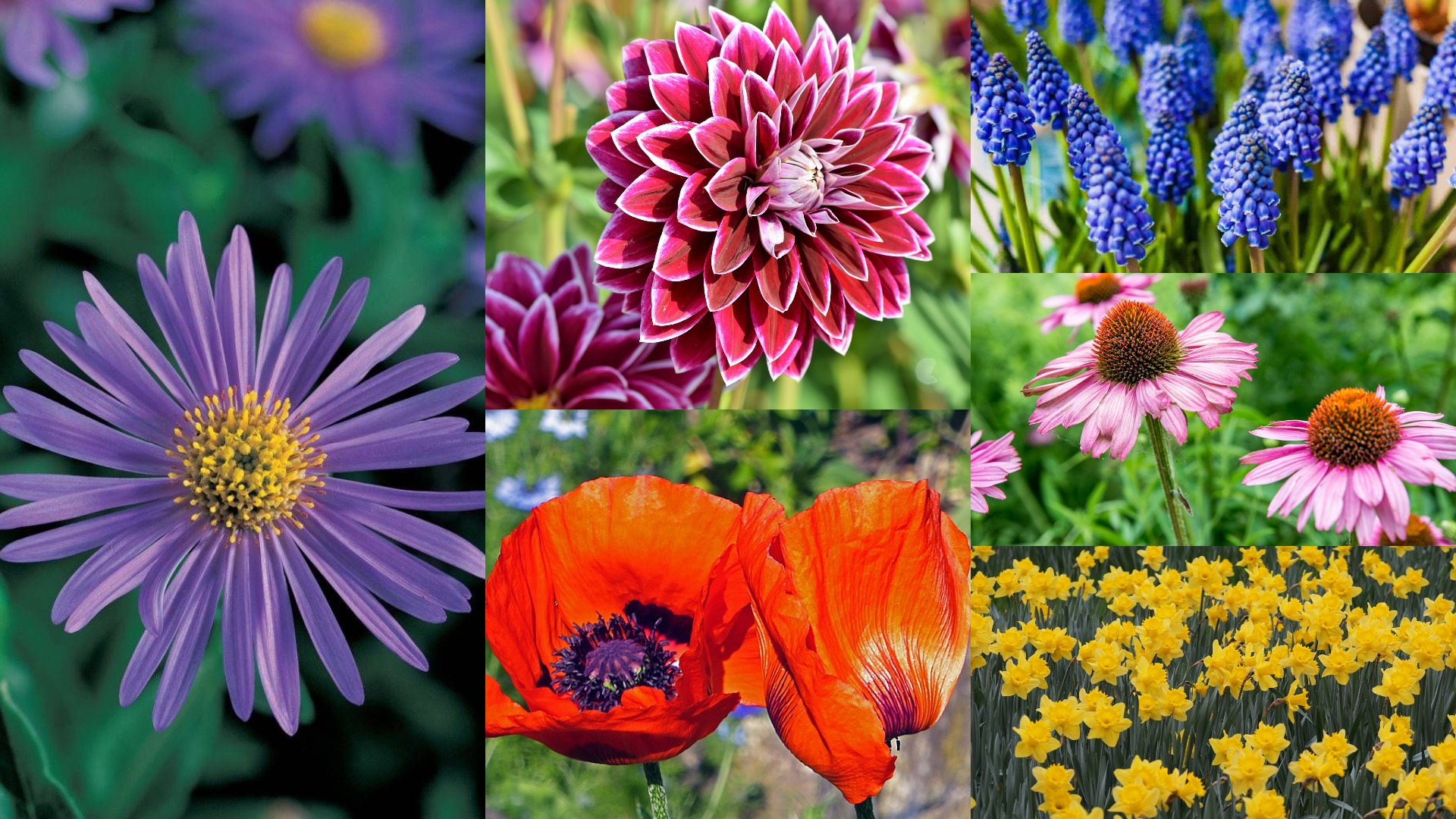
It would seem that it is challenging to organize a flower garden near your home by planting different types of plants? In general, this is relatively easy to do. However, for this to be an excellent composition that does not require annual painstaking work on re-registration, it is worth paying attention to the wide variety of perennials. Such flowers can delight their owners for quite a long time with lush flowering, a gorgeous palette of colors, and effortless care.
Benefits of Planting Perennial Flowers
There is an incredible number of flowering plants in the world. Why exactly perennials have the status of the most beloved by gardeners? A list of the main advantages will help to understand this issue, namely:
- No need for a transplant for at least two years, or even much more;
- Due to their frost resistance, perennials hibernate without problems in the open field;
- Minimal simple maintenance is required so that the plants look great all season;
- Most perennial flowers can be propagated by simple dividing, which is also quite economical.
Often, perennial flowers, if they do not fill the entire flower bed, act as its basis.
Perennial Care
Although perennials are not demanding, for the flower garden to please its owners throughout the season and prevent diseases, plants need simple care. The most critical activities are loosening the soil, watering and applying fertilizers, top dressing. Especially abundant watering is necessary for plants during bud formation and flowering and hot, dry days. It is recommended to water the plants with warm water, as cold water from a well can be harmful. Sometimes gardeners collect water in advance in barrels for sludge, where the pump is then placed.
The first top dressing is applied to the soil in the spring after the snow melts. Next, you should feed perennials during the budding period, at the beginning of flowering and the end. At the same time, organic additives are applied in the spring, and mineral additives – in the summer. With the onset of autumn, from the end of September, fertilization of the soil stops.
Another point of care involves the preparation of perennials for wintering. Flowers must be cut as low as possible, and dry tops must be removed, as it is a haven for rodents. Only fresh plantings are not cut off – young plants are covered with spruce branches for the winter. This also applies to Alpine plants.
Perennial Species
The classification of perennial plants is extensive and contains many complex botanical characteristics. For the self-made organization of a beautiful flower bed in the garden, the most important factors are the size of the flowers and the periods of their flowering. Based on these criteria, it is possible to divide the plants into the corresponding groups conditionally.
Choosing Flowers Based on the Flowering Period
Flowers, of course, are the main decoration of any local area, and you want to contemplate the riot of colors as long as possible. To do this, it is enough to competently make a flower bed of representatives of the flora that can bloom at different periods. Consider the most common garden crops that can please the eye at one time or another of the year.
Perennial Flowers Blooming in Spring:
Tulips – bloom in various colors from the first month of spring to the last, giving preference to sunny territories, they can also grow in a potted version.

Daffodils – The first buds bloom in April. It is believed that their bulbs scare away rodents, so plants are often planted along the edges of flower beds with other crops.
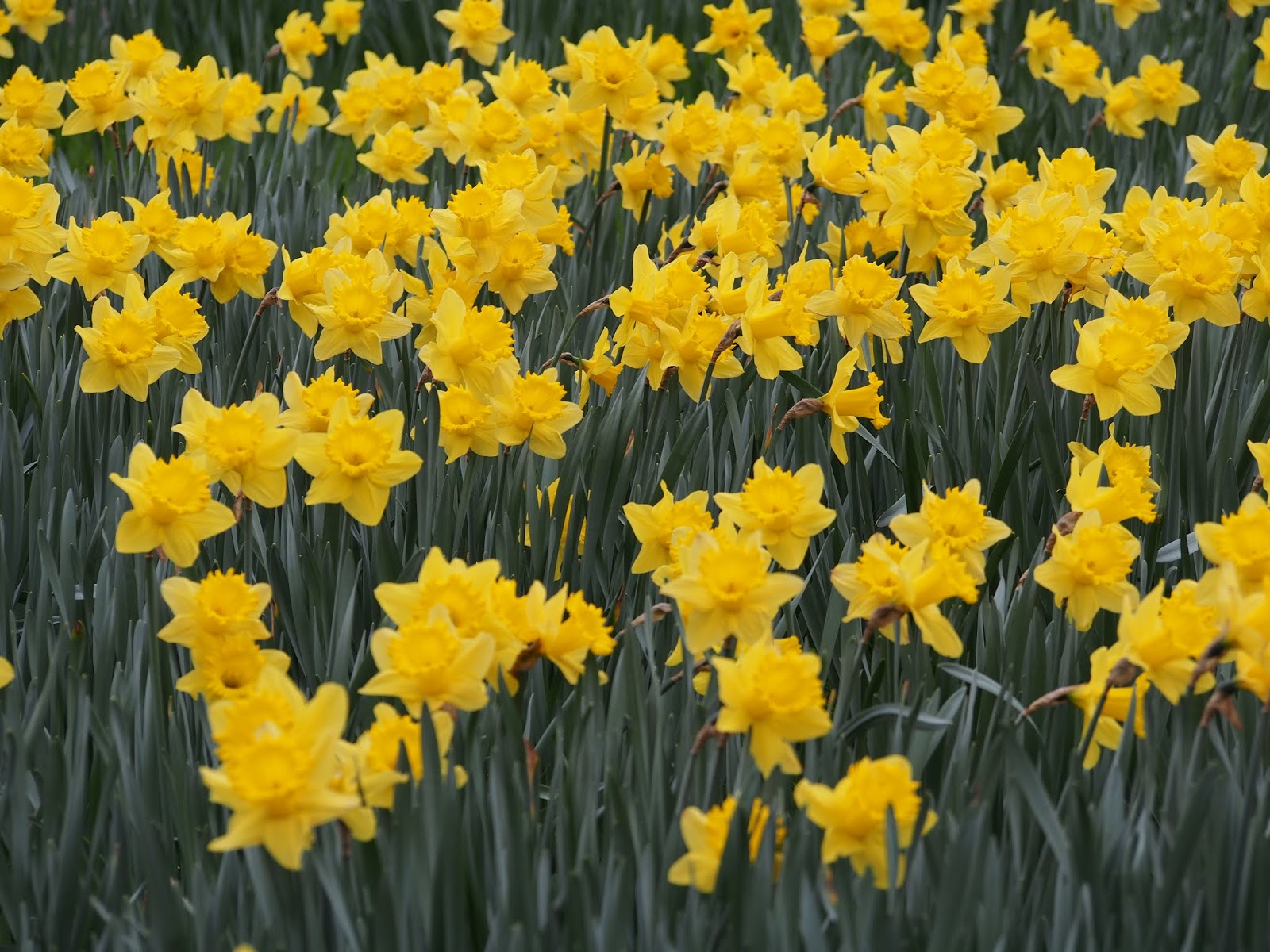
Crocuses are beautiful multi-colored spring flowers that are planted in open areas. The first buds appear in early spring.
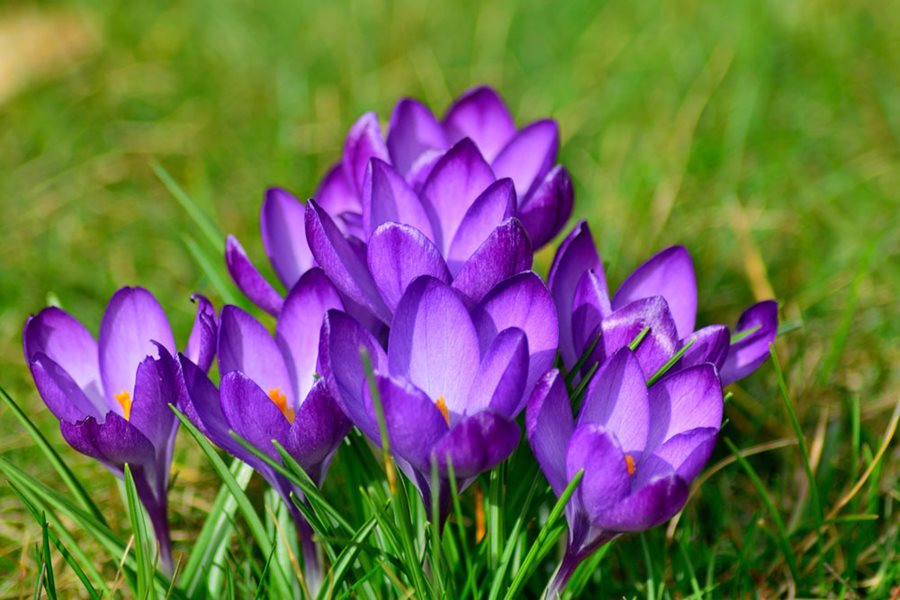
Hyacinths – have bright, fragrant flowers of a varied palette from snow-white to deep purple and even black. The culture does not like cool drafts, so they are most often planted near bushes.
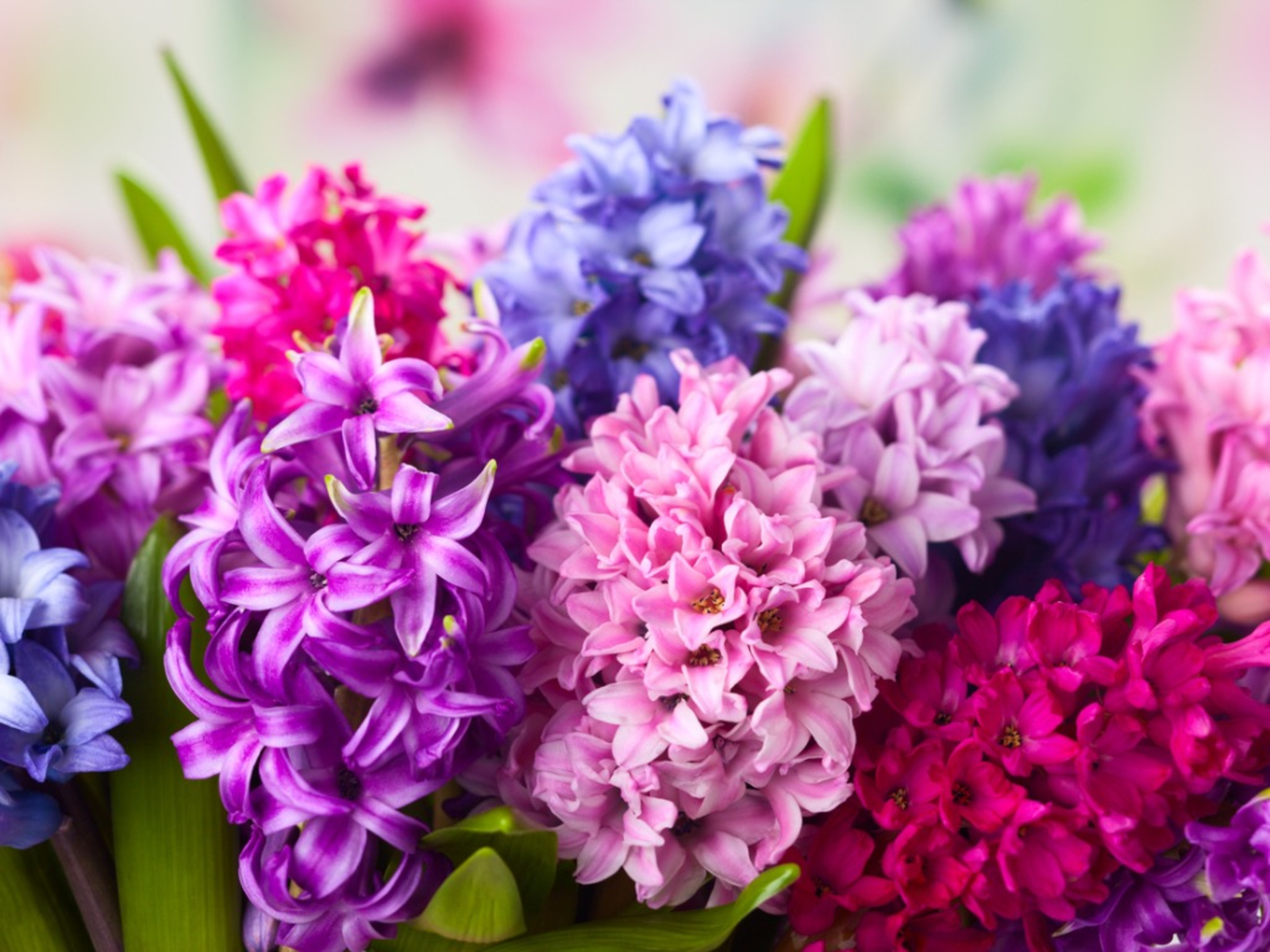
Perennial Flowers Blooming in Summer:
Phloxes are elegant and bright, and they can bloom beautifully in any area, frost-resistant, and long-flowering.
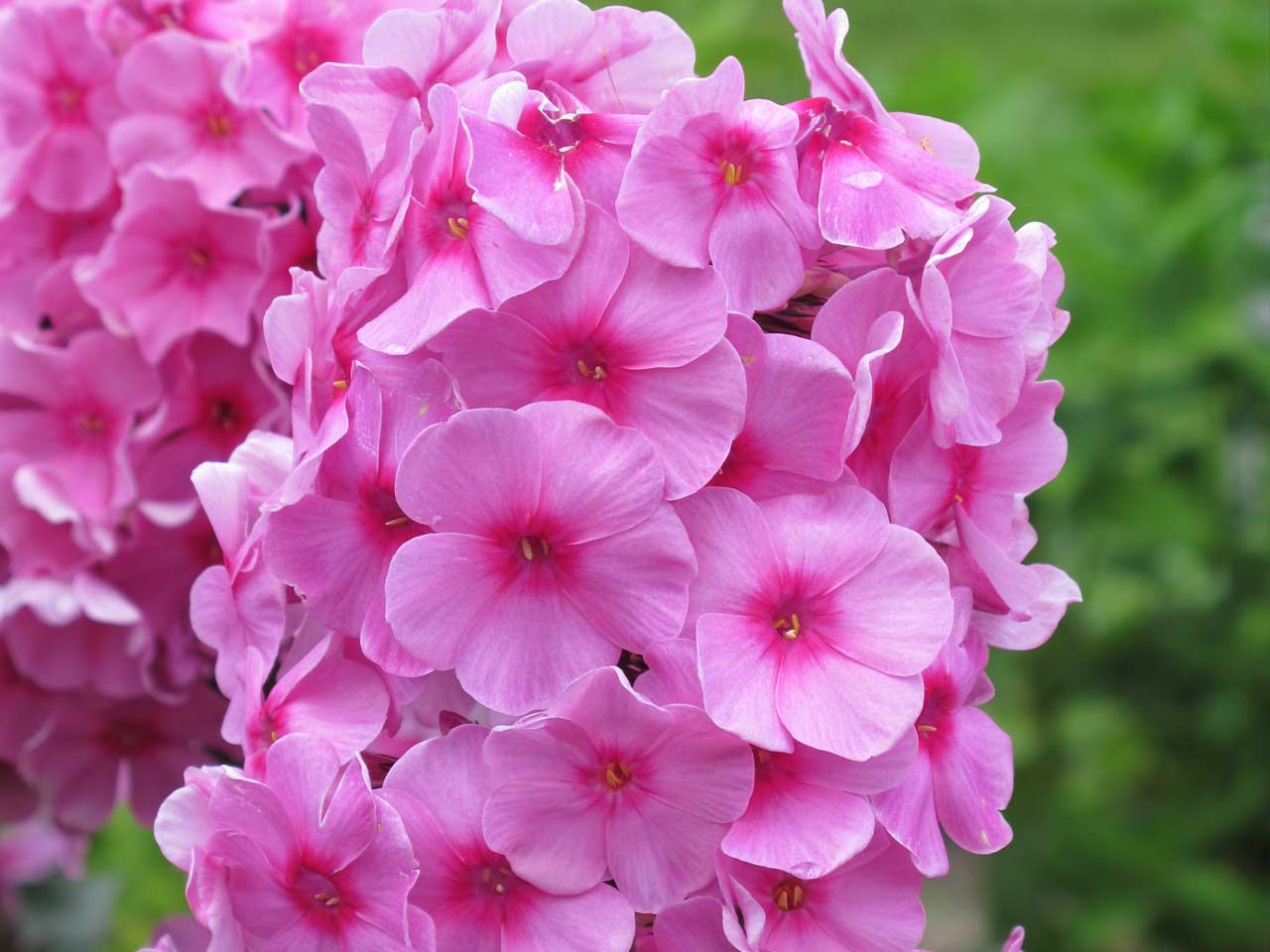
Peonies – they can rightfully be called the most spectacular tall flowers that are used to compose bouquet compositions.
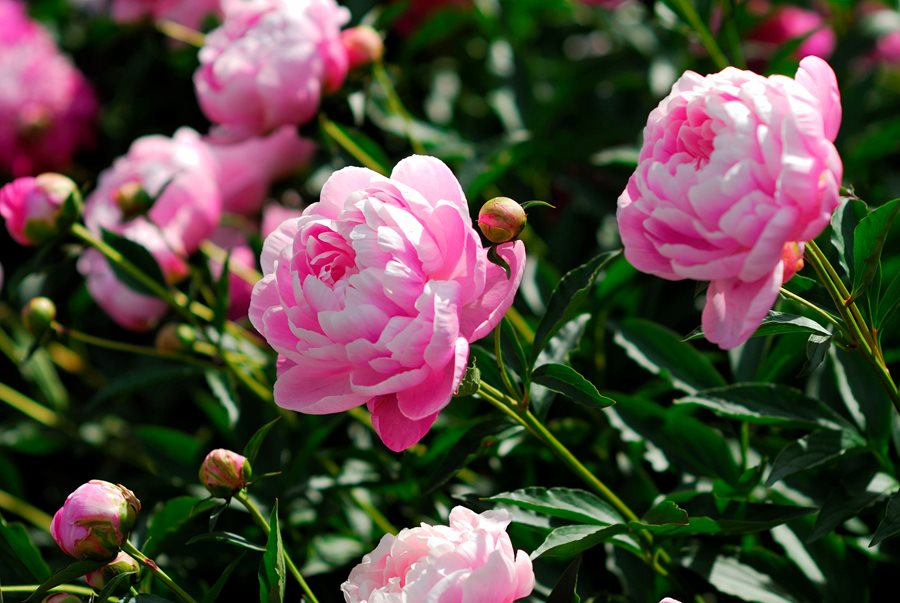
Lilies are delicate and charming plants. Of all the perennials, perhaps the most capricious, requiring special attention.
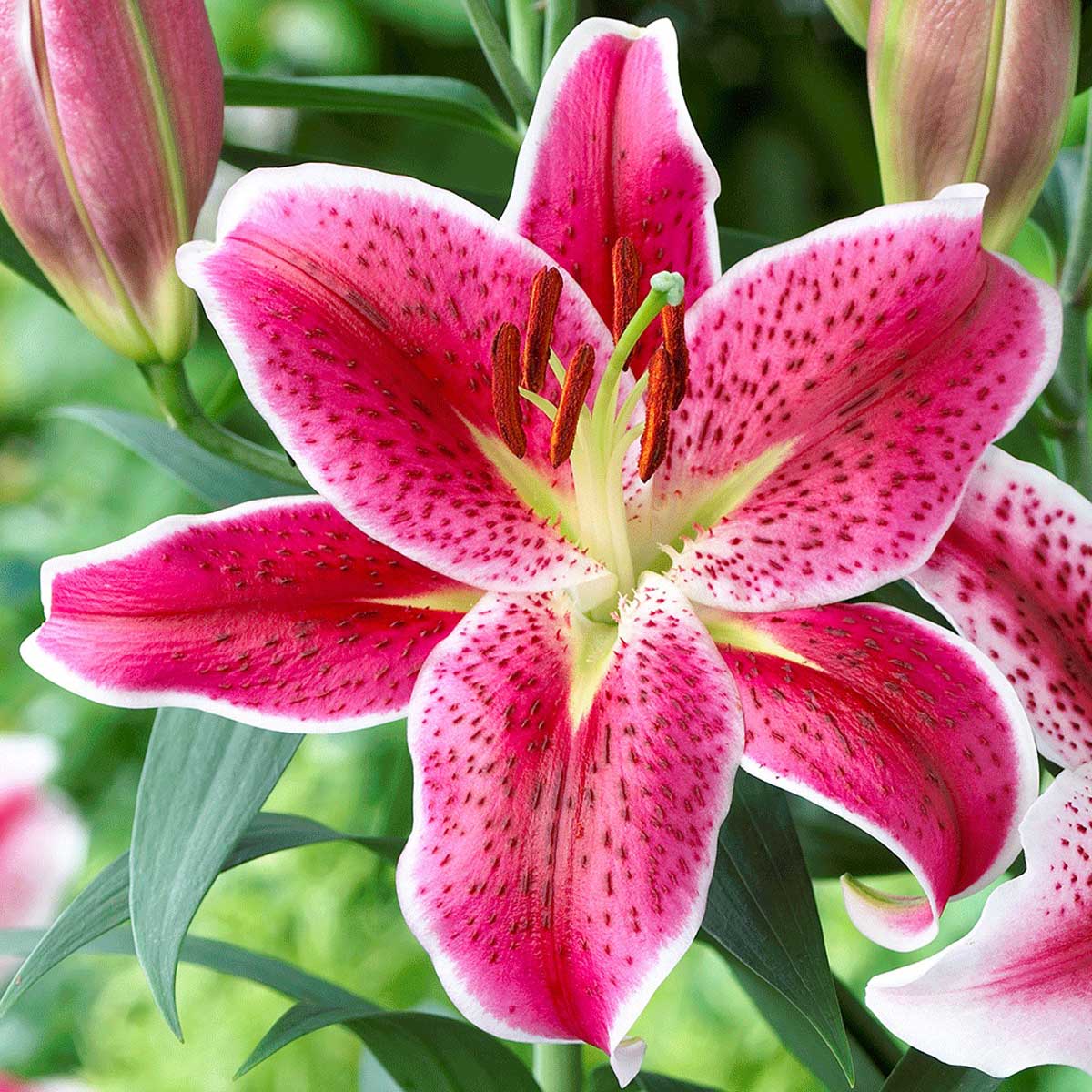
Irises – flowers are not in vain named after the goddess of the rainbow because they have a considerable number of shades. The main flowering occurs in the spring, but some species can bloom again in the fall.
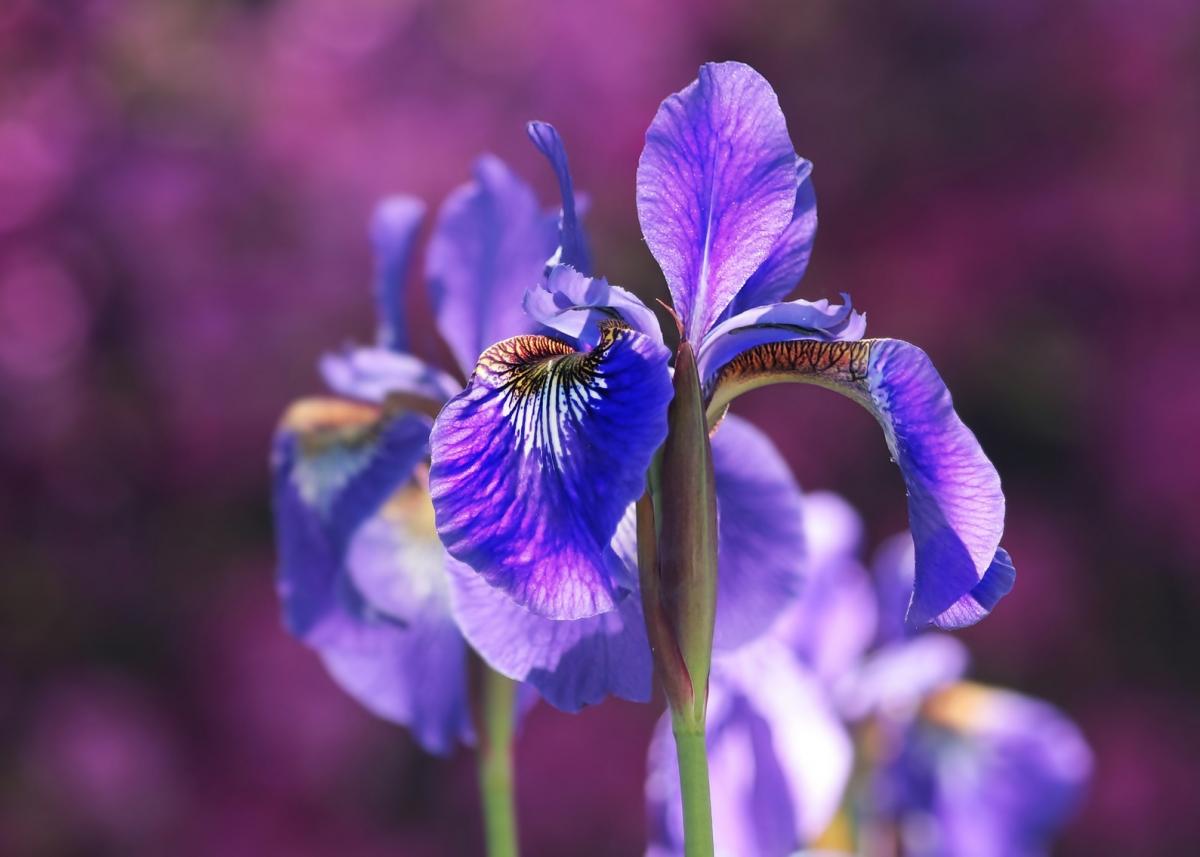
Pansies are flowers that fascinate with their original shape, combined with the same unusual color of various shades.
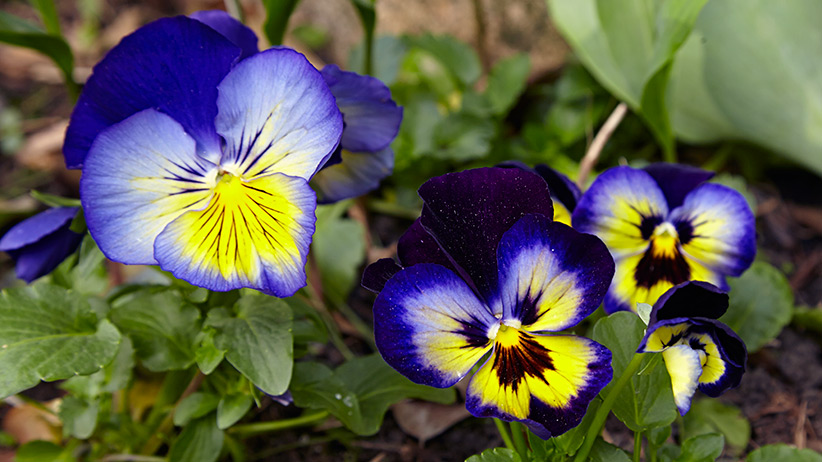
Perennial Flowers Blooming in Autumn:
Chrysanthemums are excellent herbaceous perennials that are especially loved by breeders and therefore have a wide variety of varieties with small and large bright flowers.

Echinacea is a heat-loving beauty with many bright buds, prefers sunny territories, may not bloom in the shade, has valuable properties, helping in the treatment of many diseases.
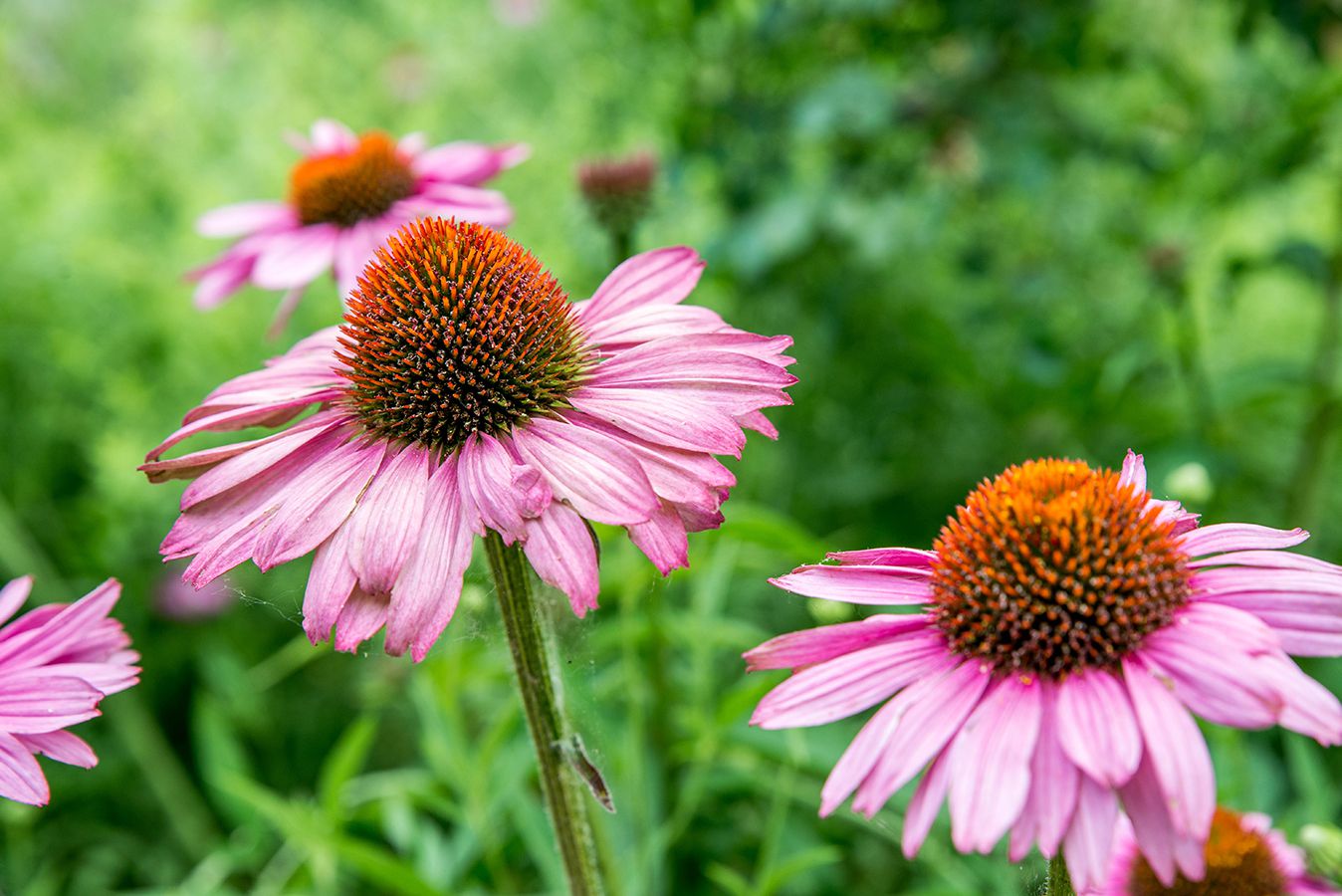
Goldenrod – blooms with yellow inflorescences towards the end of summer and pleases with flowering until the late onset of cold weather, is used in medicine in the treatment of kidneys and bladder.
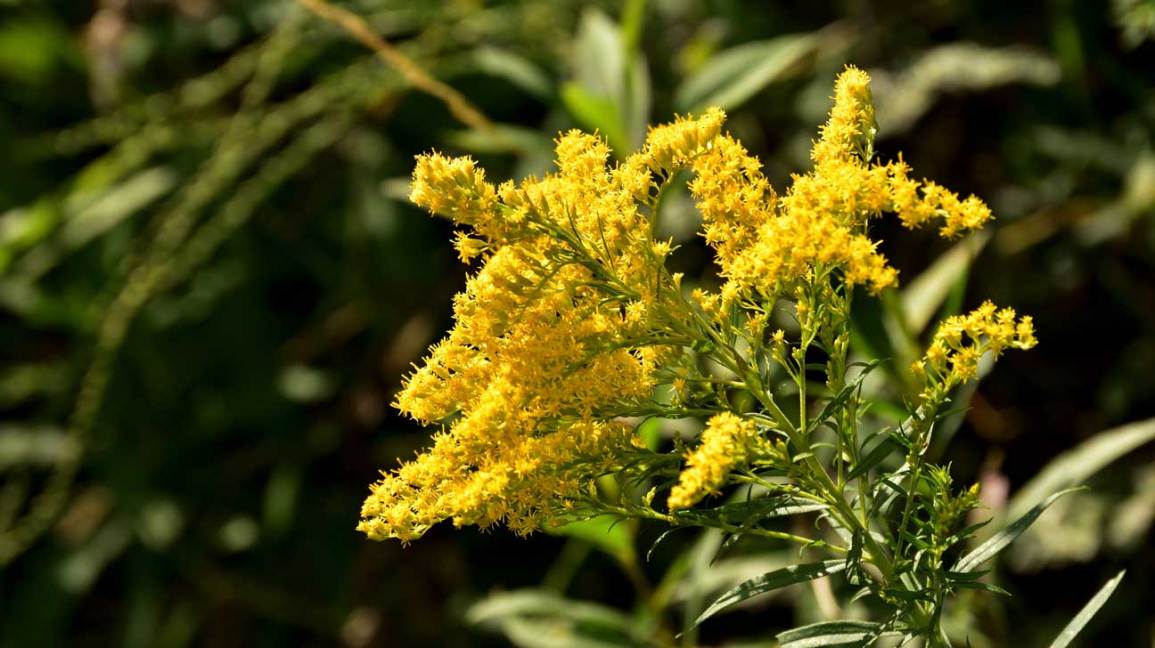
Dahlias – are among the most long-flowering plants; they have an extensive palette of shades and various forms of flowers.
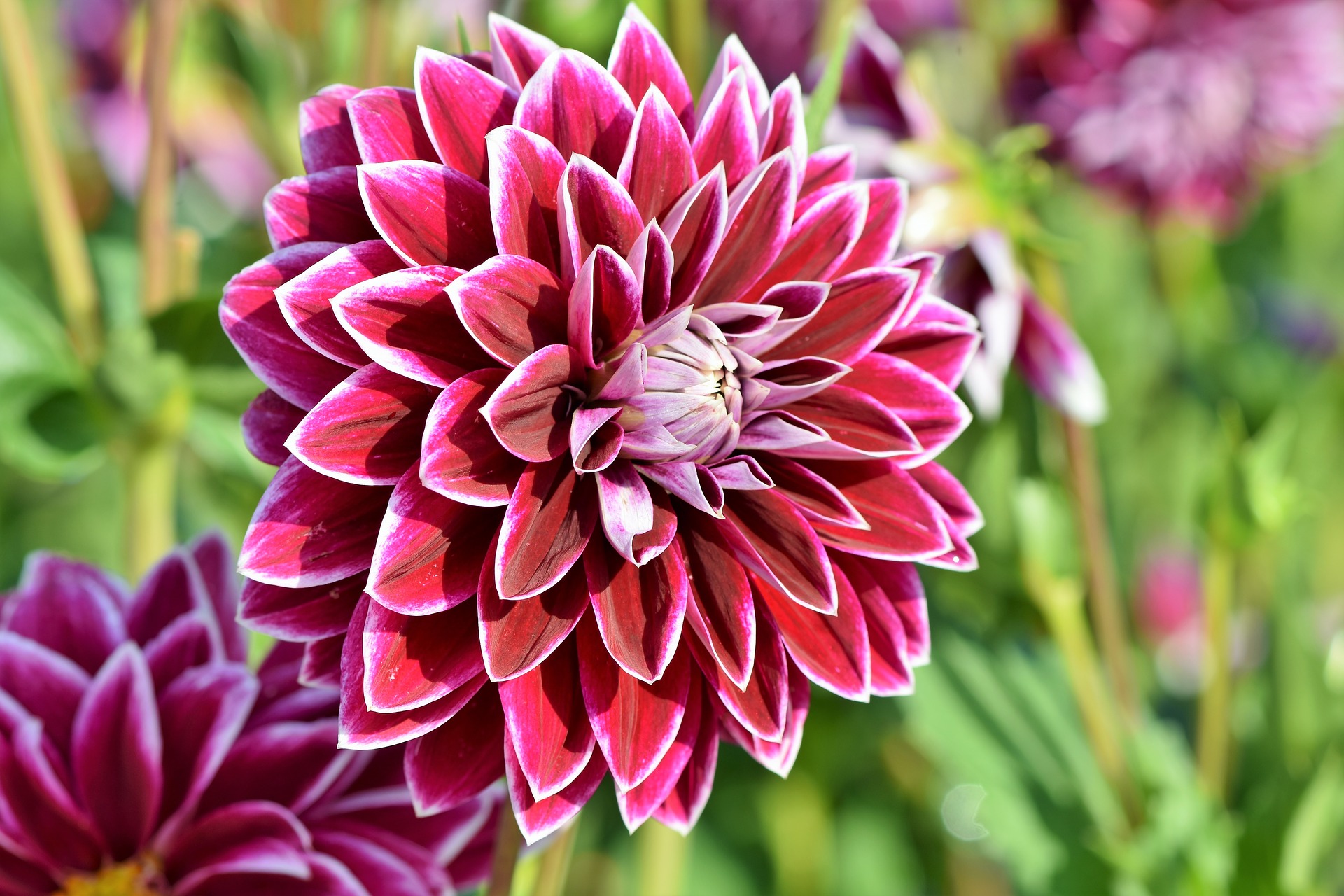
Asters are popular flowers with about 4,000 species, some of which resemble chamomiles and some resemble chrysanthemums, ranging in color from light pink to purple.
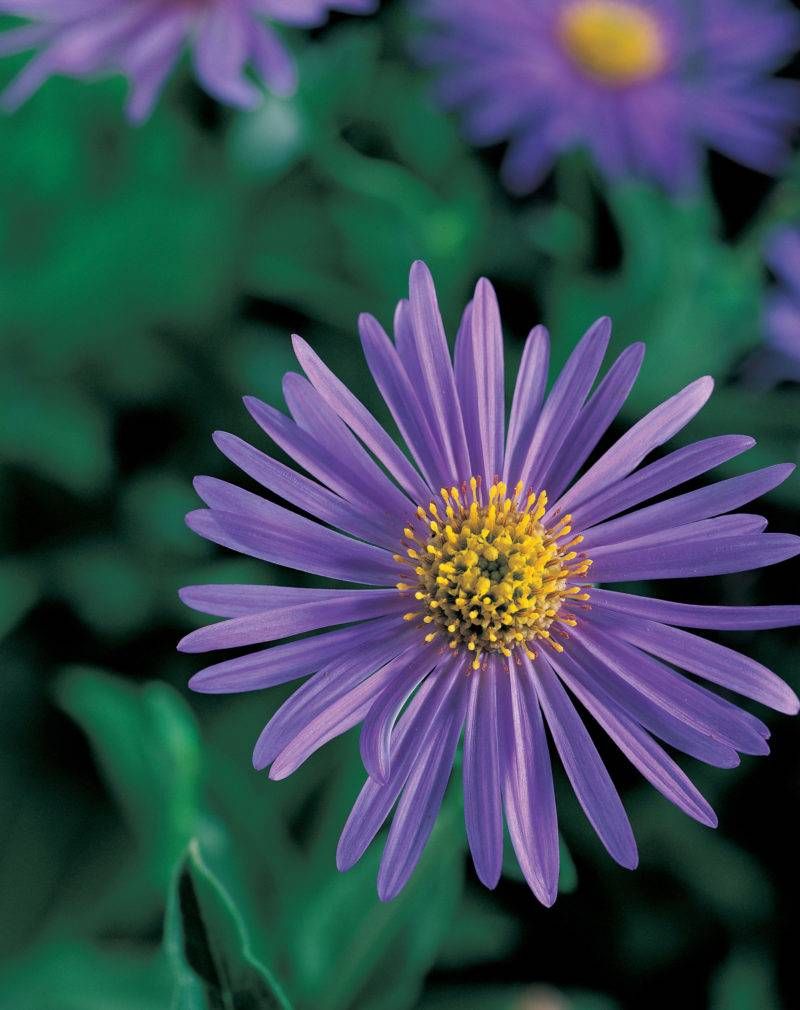
Choice of Colors According to Size
In landscape design, the height of a particular plant plays an important role, which must be taken into account when decorating flower beds of various configurations. Before planting, it is crucial to consider this factor so that the beauty of the flowering of low-growing plants is not muted by higher ones, especially since tiny representatives of the flora in darkened conditions can lose their decorative effect.
Tall Perennials:
Floribunda– excellent plants with powerful peduncles begin to delight with their color with the onset of sunny summer.
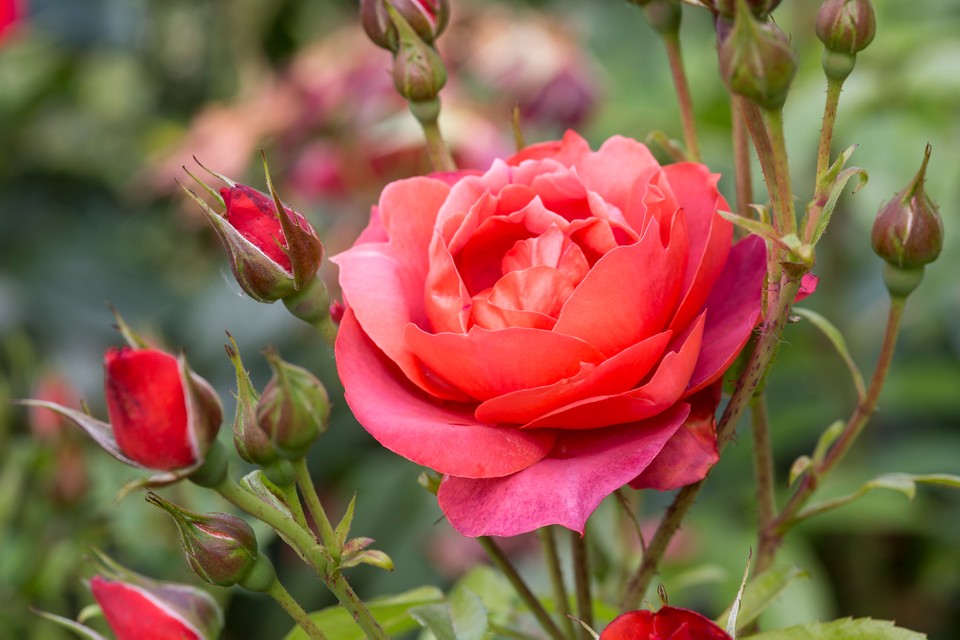
Meadowsweet – has beautiful lush brushes, similar to pale pink or white clouds that soar at the height of more than a meter above the ground.
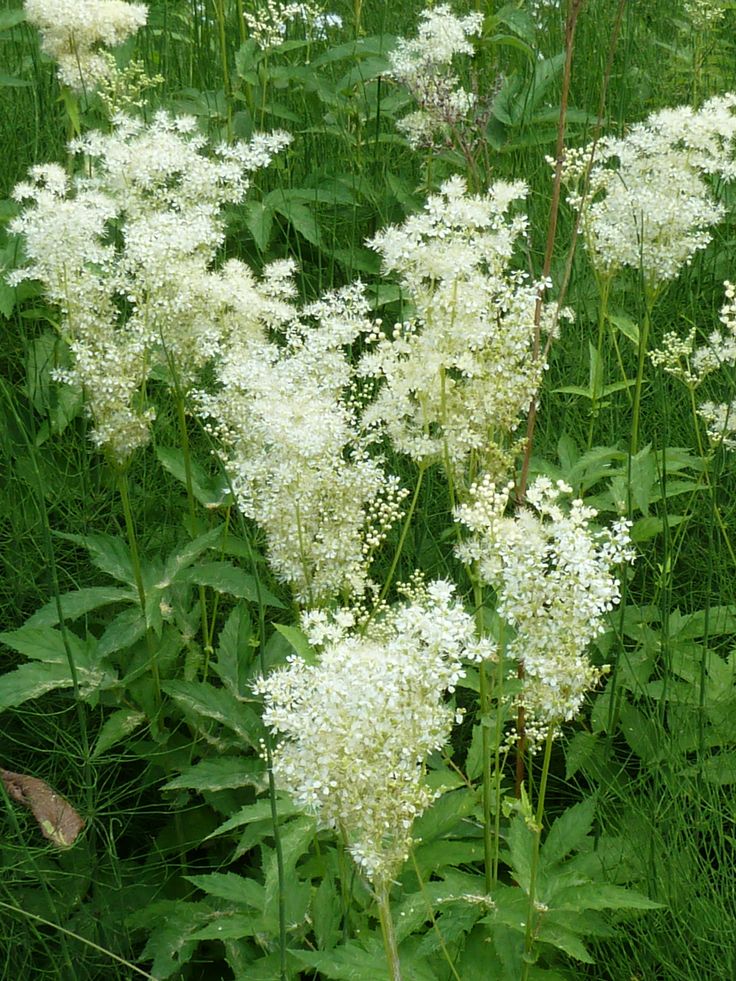
Malva Zebrina – a tall perennial endowed with spectacular purple-lilac flowers with ornaments of dark veins.
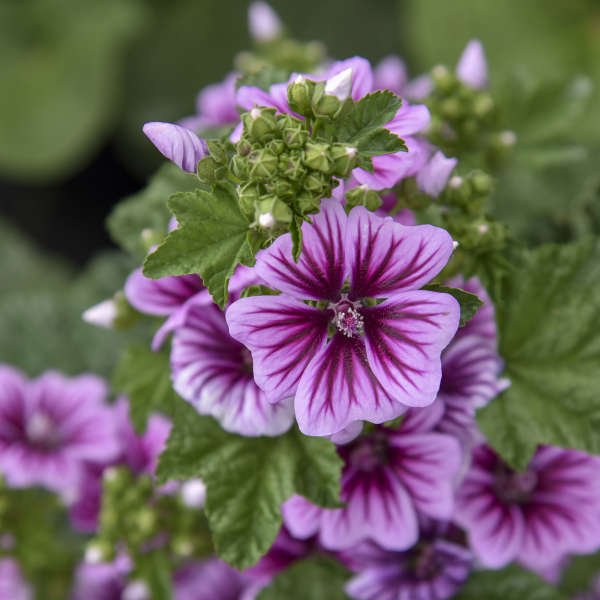
Medium-sized perennial flowers reach a height of no more than 80 cm. These include gardeners’ favorites such as:
Persian Poppy – its first leaves appear in early spring, and touching scarlet buds bloom in the first days of summer.
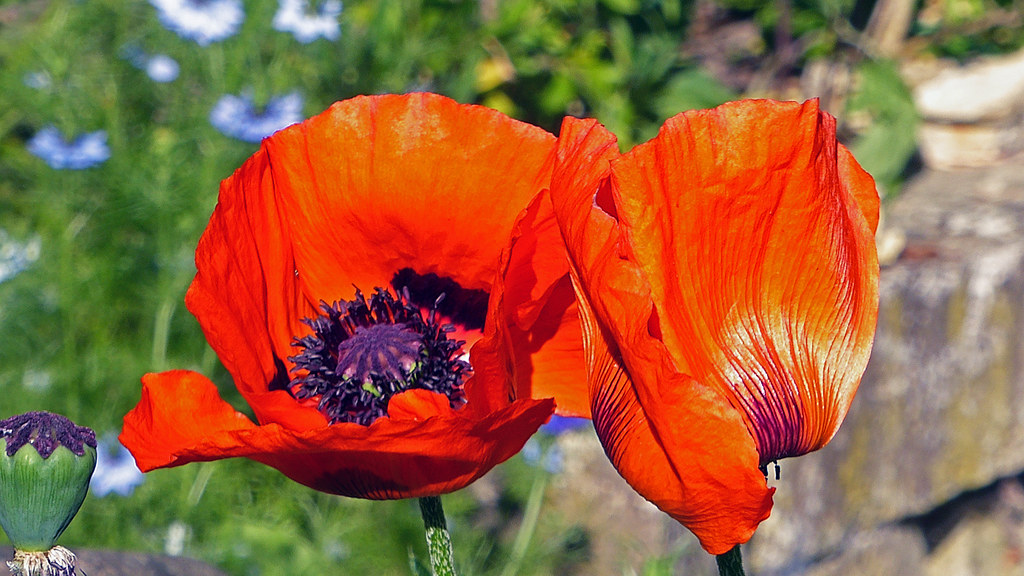
Purple Aster – used for spectacular garden decoration, as it can quickly and efficiently cover the most unseemly corners. Being quite decorative in itself, it forms an attractive backdrop for other perennials.
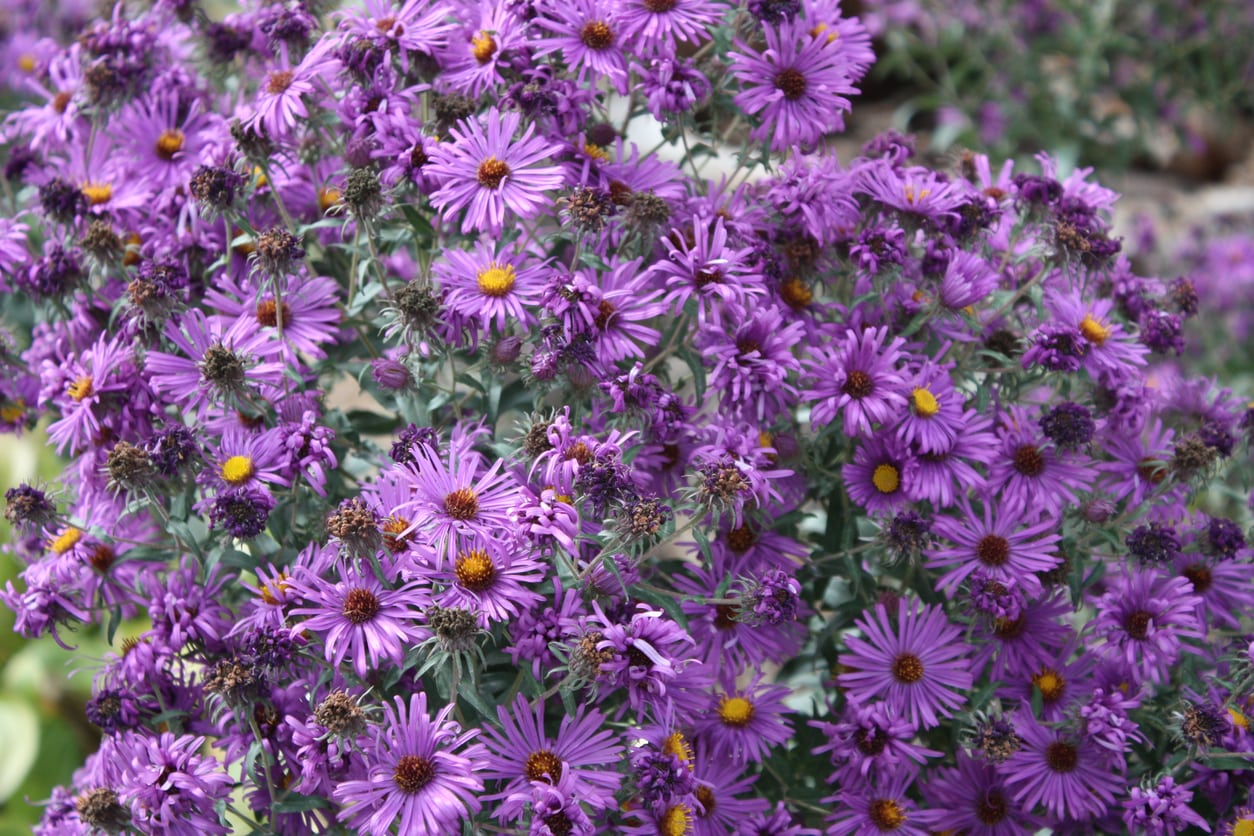
Muscari – blooms with bright, dense fruit beads. The small plant behaves excellently in darkened areas.
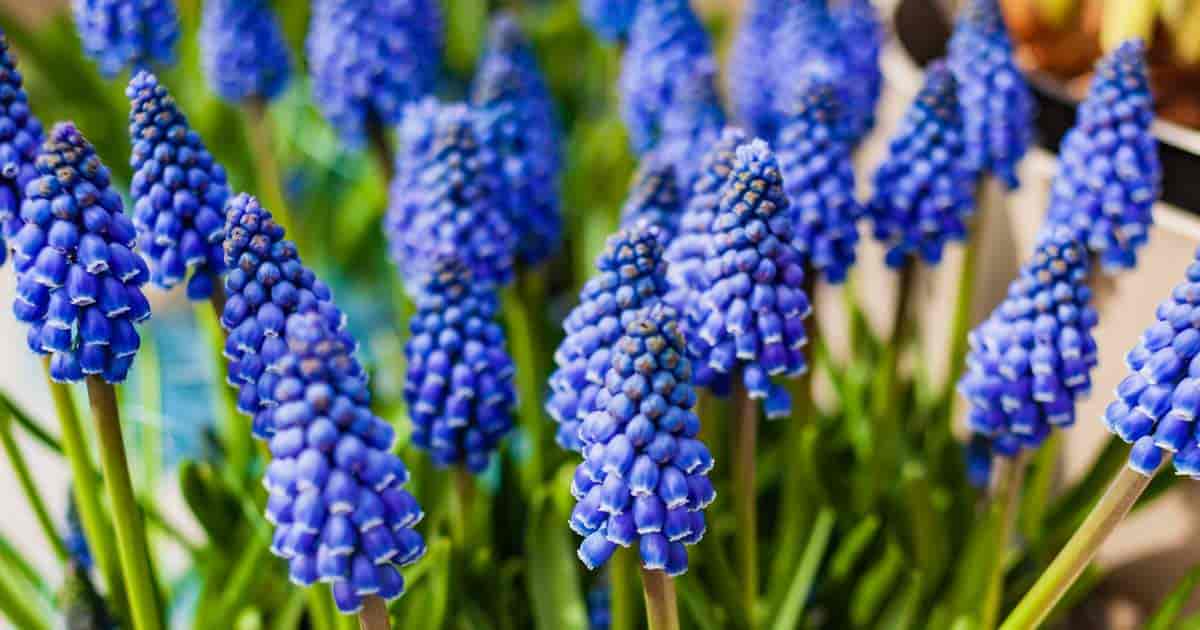
Astilbe– has lush apical inflorescences of small openwork flowers of white, lilac, lilac shades. Species with drooping inflorescences are stunning.
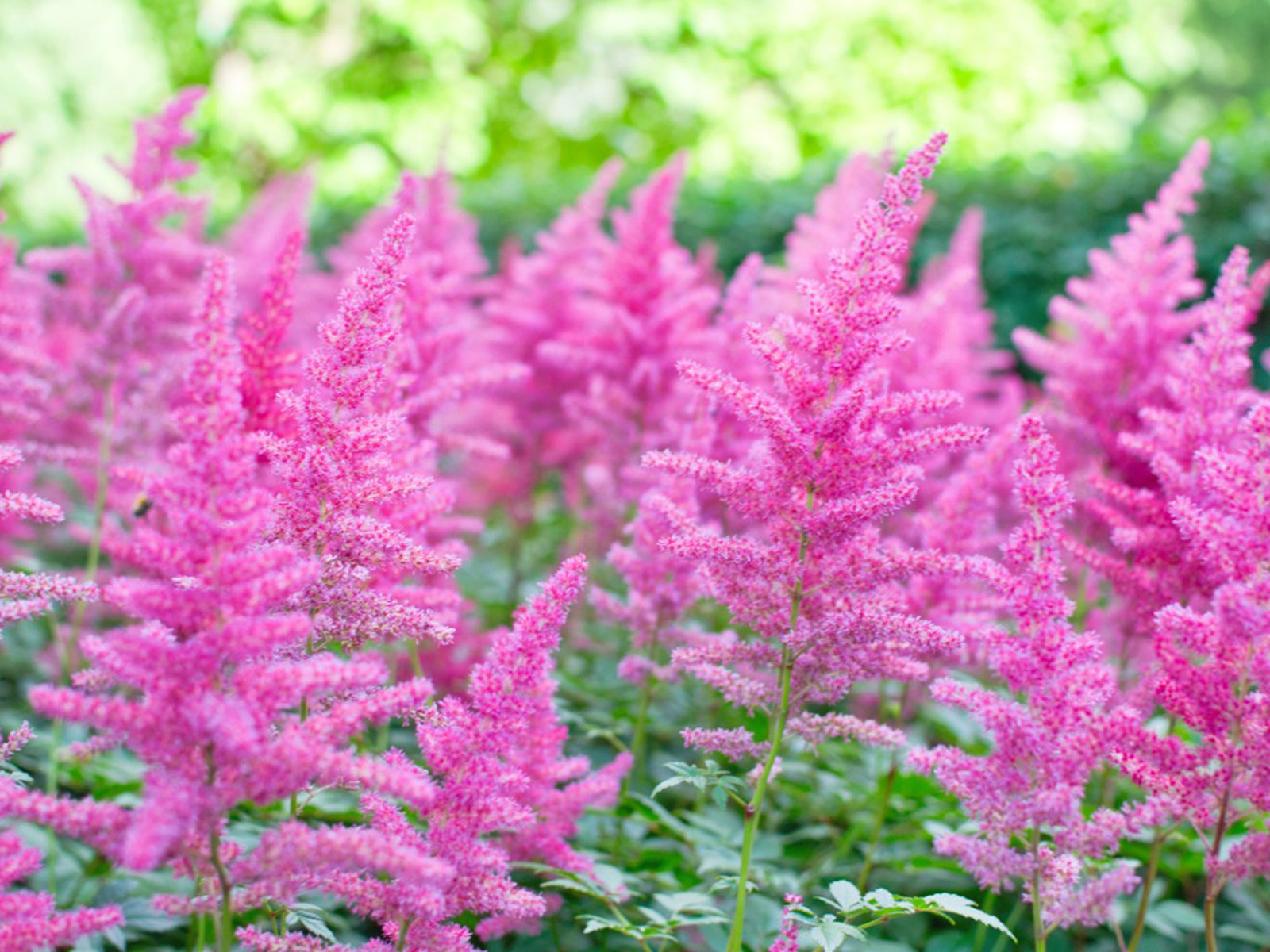
Low-growing perennial flowers often occupy the foregrounds in flower beds, creating the effect of solid carpets. They perfectly retain their decorative effect for an extended period, which can be seen in the example of such cultures as:
Arabis – blooms in open areas with white or bright pink bales of tiny buds.
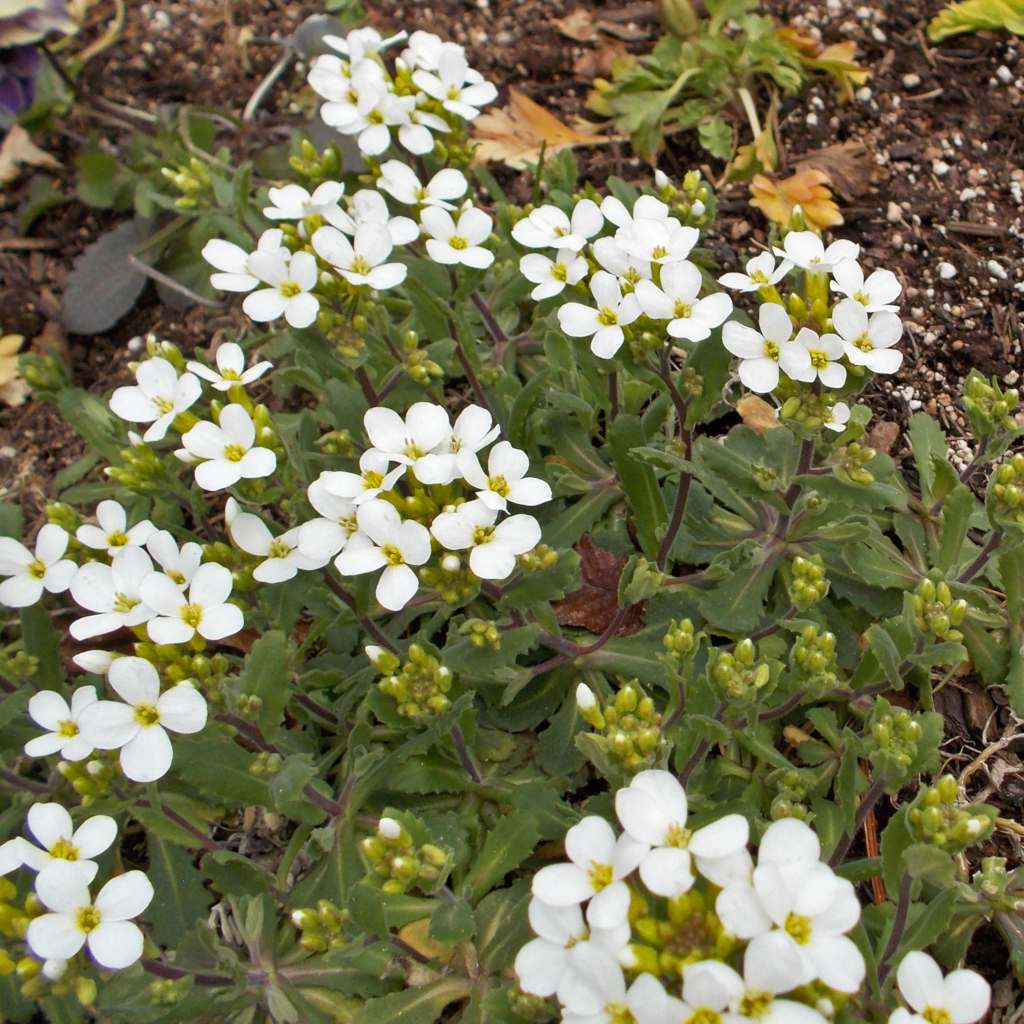
Geranium – low plantings can often be found in curbs or ground cover plants, suitable for rocky gardens. The culture has spectacular foliage, retaining its decorative effect throughout the season.
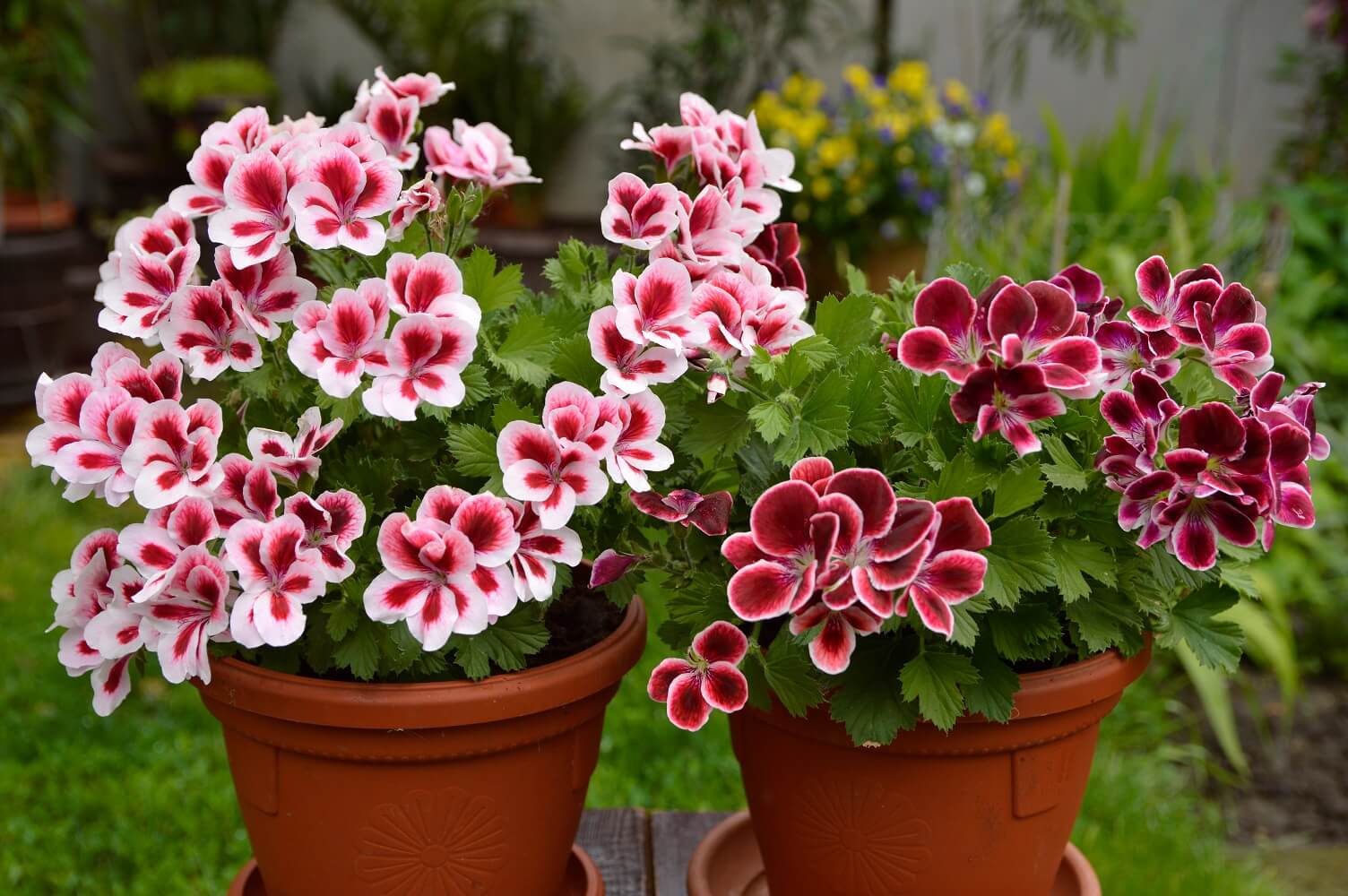
Colchicum – grows comfortably both in the sun and in the shade, often planted along with shrub plantings, in rock gardens. The flowering period begins in late autumn, decorating the garden empty from the green foliage.
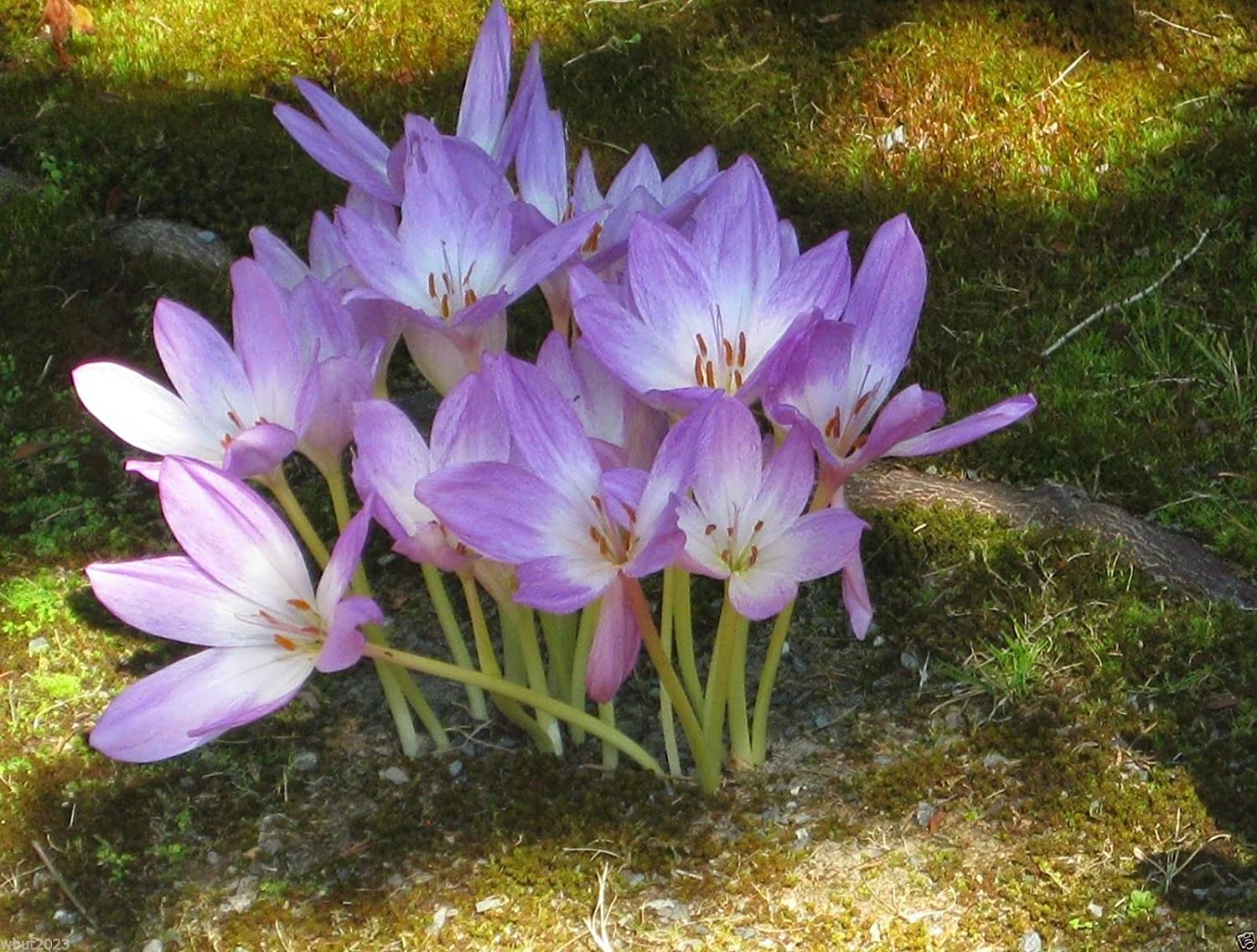
Periwinkle is a wonderful undersized perennial, no higher than 20 cm, with small blue flowers. It Loves both sunny and shady areas.
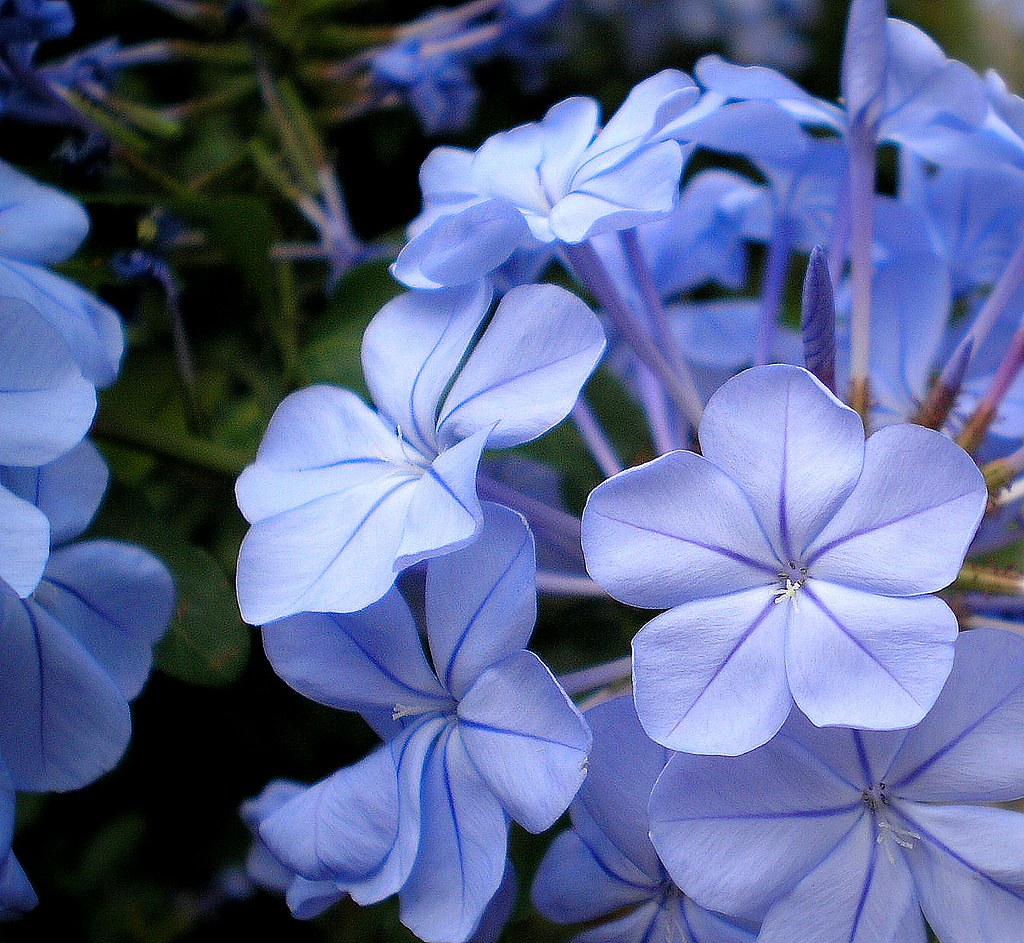
How to Arrange a Flower Bed of Perennials
To create a stunning flower garden on your site, you must follow some simple rules. First of all, this concerns the choice of the form and method of arrangement, according to which there are such types of flower beds as:
1. Modular, where, in addition to plants, there are small architectural compositions (vases, fountains).
2. Mixborders, which are linear plantings of various widths, which are arranged along the paths, the walls of the house.
3. Tapeworms – in most cases they are placed sporadically and contain flowers collected according to some general characteristic (color, height, etc.).
4. Rabatki – long and thin landings, containing a geometric ornament.
5. Borders – strips of low-growing plants that serve to frame individual territories.
6. Rockery – flower beds, an obligatory element of which are stones (such plantings are also called stone gardens).
7. Rock gardens are a rather fashionable design of a flower garden, where plants of a subtropical culture are planted on a hill.
Having decided on what kind of flower bed will be formed, it is worth paying attention to such a thing as tiered, i.e. multilevel planting. According to their growth, you need to plant them in the correct order to contemplate the beauty of all the plants in a flower bed. In round and oval flower beds, tall crops are placed in the center; in mixboards they are planted in the background.
The color palette is also of great importance in forming the flower bed since it is the color scheme that determines the harmony of the garden’s image by 99%. Before planting plants, you need to familiarize yourself with their color scheme and choose the most pleasing combinations.
In our article, we have collected good information on beautifully decorated flower beds using perennial flowers. We hope they will help you create real masterpieces of landscape design on your house plot. Happy viewing!





